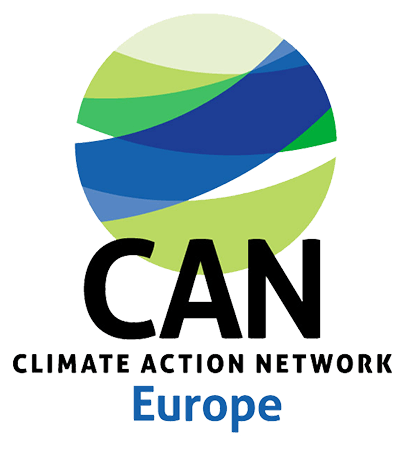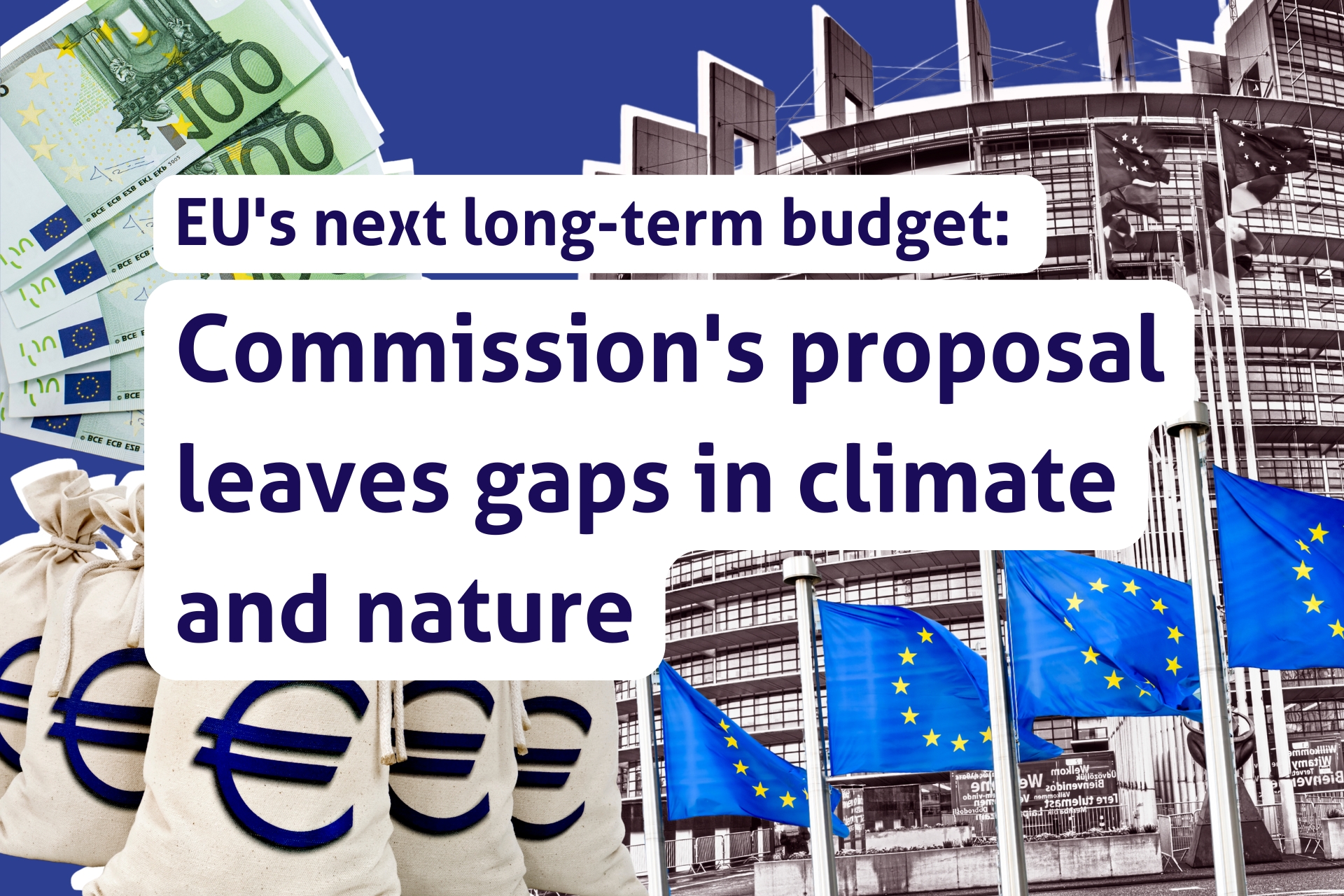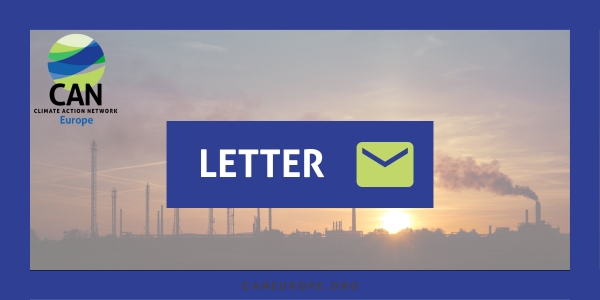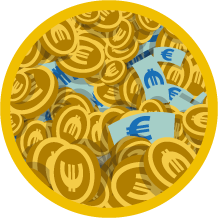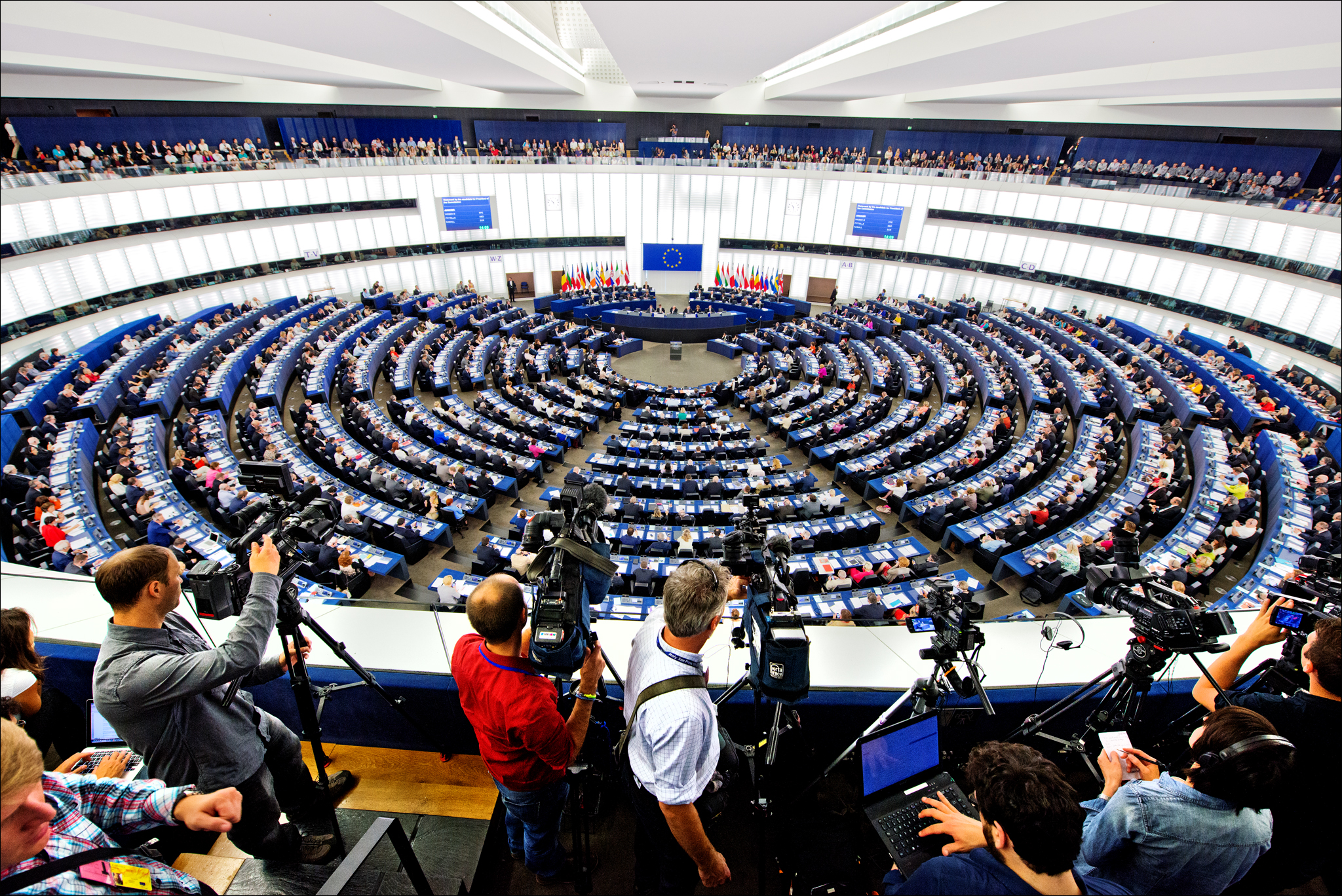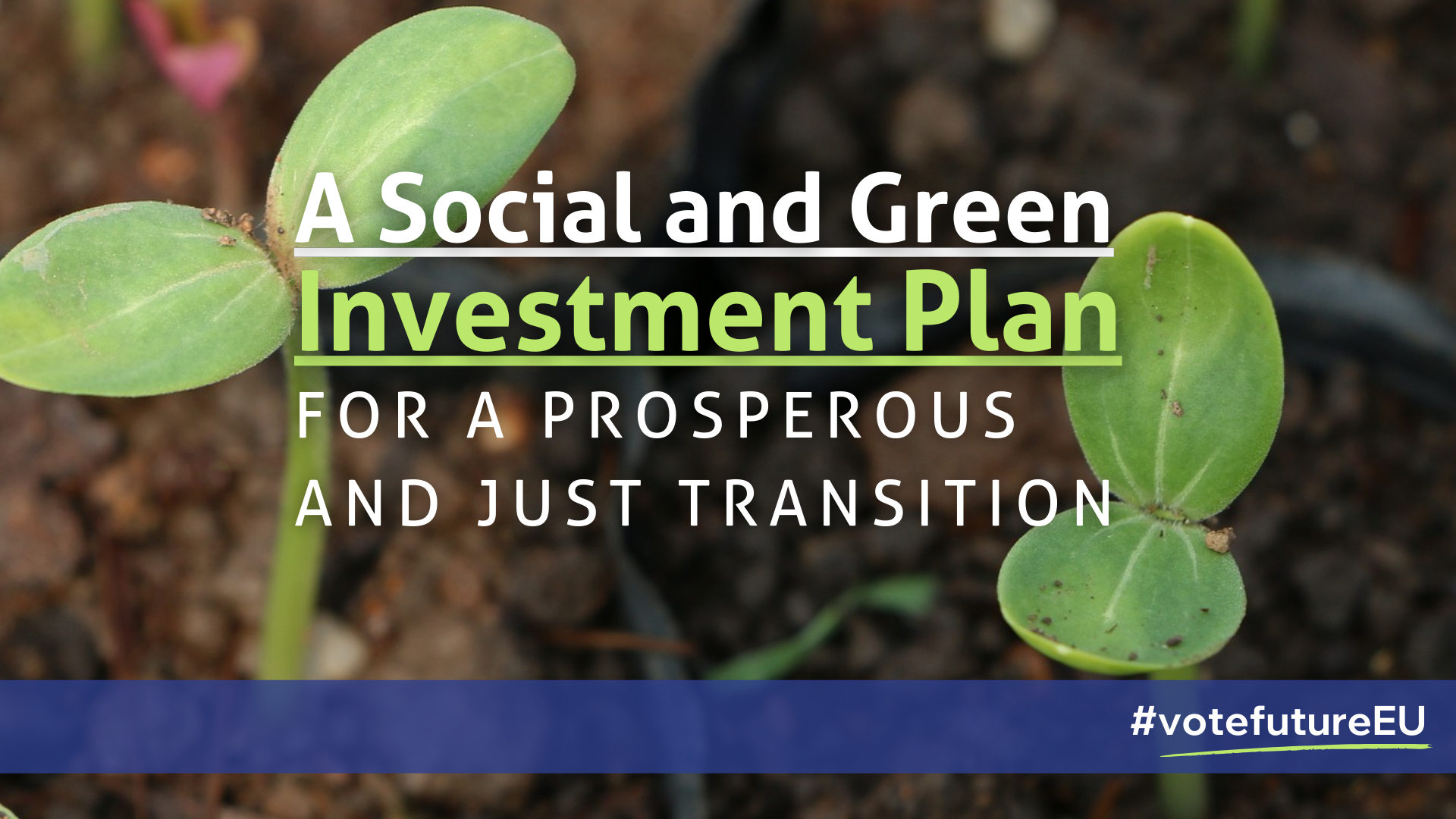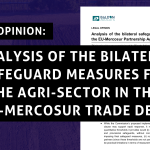The CAN Europe’s MFF Green Investments tool shows where green investments are going in one of the most important instruments of the EU’s Multiannual Financial Framework (MFF), namely cohesion policy. The current MFF covers the period 2021-2027, with a total size of 2.018 trillion euros in current prices, consisting of 1211 billion euros (1.211 trillion euros) as the main MFF pot and 806.9 billion euros (0.8069 trillion euros) from the Next Generation EU (NGEU) instrument, allocated for the COVID-19 pandemic recovery. Although notionally 30% and 37% of total allocations need to be spent on climate within the MFF and NGEU, respectively, these mainstreaming targets include a wide range of green interventions, and the investments planned across Member States vary significantly.
With NGEU coming to an end in 2026, cohesion policy funds will become crucial for financing the large green investment gaps for achieving ambitious 2030 targets. This is why CAN Europe’s tool aims to document in detail the amounts mobilised by Member States and EU regions for financing the green transition in their cohesion policy spending plans.
CAN Europe’s calculations show that for the 2021-27 period, 130.7 billion euros (0.1307 trillion) have been allocated to the green transition across the 27 EU member states’ cohesion policy spending plans. These figures include the contributions of cohesion policy funds to climate mitigation, biodiversity protection and restoration, and circular economy targets – excluding climate adaptation investments which will be the object of future refinements.
With the tool below, you can see how much each of the member states has allocated for green investments in six different categories, as well as compare the countries with each other.
What is MFF?
The Multiannual Financial Framework (MFF) is the European Union’s long-term budget running over a 7-year period. It sets out how much money the EU can spend each year and what it should be spent on, over a period of seven years. For the current period (2021–2027), the EU has agreed to spend around €1.074 trillion, plus an additional €750 billion from a temporary recovery off-budget instrument called NGEU. MFF funding instruments don’t mandate every detail of spending, but set the broad parameters and priorities, like how much goes to farming, regional development, research, or climate action.
Within the MFF, cohesion policy funds are quantitatively one of the most important EU budget financial instruments for financing climate and the energy transition. Indeed, as self-standing instruments, the European Regional Development Fund and the Cohesion Policy Fund represent a large proportion of the total regular MFF funds available for financing the green transition in Member States and regions. They also represent a very large proportion of public investment budgets in the CEE Southern Europe’s Member States.
As such, analysing where the money is currently heading and the extent to which spending plans are aligned with ambitious climate and nature targets is crucial.
How to use the MFF Green Investments tool?
The tool, developed by CAN Europe and Snappler, compiles thousands of rows of complex data in a user-friendly format.
➡️ On the ‘Total Green Investments’ tab, you see an overview of how the MFF allocates funds between different categories at the EU level and in different member states.
➡️ You can go deeper by selecting one of the six categories in the top menu. Here, you see how the money is divided into different sub-categories. For example, under the ‘Renewable Energy Supply’, you can see how different countries have split the investments between different renewable energy solutions, and storage and grid development.
➡️ To compare different countries, you can select up to five different countries on the country selector. This will give you a category or sub-category comparison between the selected countries. For example, if you want to compare how the Baltic states have used cohesion policy funds, you can select Estonia, Latvia, and Lithuania and see how they compare on the specific category you selected.
➡️ Please bear in mind that the MFF allocations vary a lot between the countries, for example, based on the size of the country, level of development, resources available outside the MFF, cohesion policy and national priorities. If you look at Ireland as an example, you see that most of Ireland’s MFF funds are used for Energy Efficiency, but that does not mean that they are not investing in, for example, Renewable Energy at all. Renewable energy investments in Ireland are just coming from different resources than cohesion policy funds.
This tool has been developed relying to a large extent on the Kohesio database of the European Commission, adapting relevant categories and figures.
MFF, Climate and Harmful Investments
Despite a tightening of fossil fuel infrastructure eligible for finance in the 2021-27 MFF, compared to the 2014-20 MFF, midstream and downstream fossil gas investments can still be financed in key EU financial instruments. This means that the repeated pledges to phase out fossil fuel subsidies in the EU by 2025 are currently not reflected in the EU budget. Furthermore, instead of a further tightening of conditions for financing fossil fuel projects, the introduction of RepowerEU resulted in widening the scope of eligible gas investments by including LNG-related infrastructure that was previously ineligible in the Recovery and Resilience Facility (RRF).
For these reasons, the tool embeds the funds that are mobilised for financing fossil fuel-related infrastructure that can be accounted for with existing data. It is important to note that the latter entails limitations, as some gas-related investments (e.g. household-level gas boilers, “blue hydrogen”) cannot be accounted for due to data limitations. Future refinements of the tool will consequently aim to capture climate-harmful investments in a more granular way.
Future expansion and updates
The MFF tracker will be expanded to include (a) other EU budget instruments that play an important role in specific sectors of the green transition in Member States, such as the Connecting Europe Facility and (b) off-budget instruments such as ETS funds (Modernisation Fund, Innovation Fund).
Furthermore, cohesion policy funding figures will be updated next year to reflect probable changes to spending plans following the (ongoing) cohesion policy mid-term review.
Further Resources
For further questions, reach out to:
Jani Savolainen, Communications Coordinator, jani.savolainen@caneurope.org
Olivier Vardakoulias, Senior Finance and Subsidies Policy Coordinator, olivier.vardakoulias@caneurope.org
